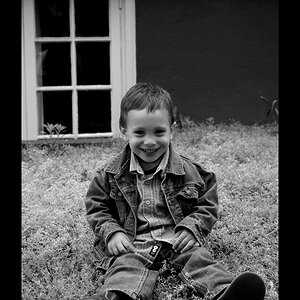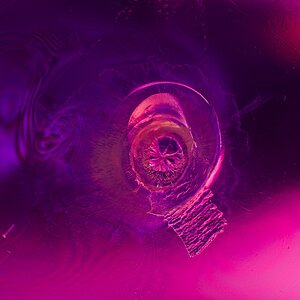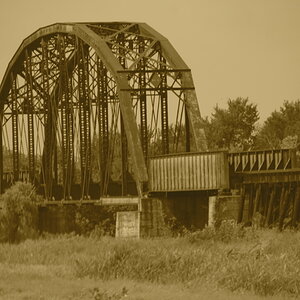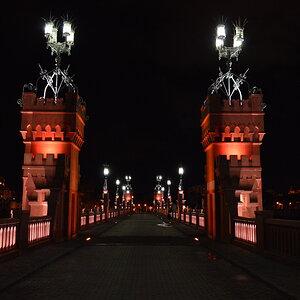Mr. Murmeli
TPF Noob!
- Joined
- Jan 10, 2009
- Messages
- 92
- Reaction score
- 0
- Location
- Finland
- Can others edit my Photos
- Photos OK to edit
Hi
I got wondering: do some DSLR cameras handle dynamic range better than others? And also how do film cameras compare to digital ones in this aspect?
We all know how useless the dynamic range is in a digital camera compared to our eye so i was thinking if this could be improved in the future. I was just shooting in the woods (weather was rather bright but cloudy) and almost all the pictures required either a graduated ND filter (which i don't have), or multiple exposures from the same place and then some annoying photoshop work afterwards.
Thanks!
I got wondering: do some DSLR cameras handle dynamic range better than others? And also how do film cameras compare to digital ones in this aspect?
We all know how useless the dynamic range is in a digital camera compared to our eye so i was thinking if this could be improved in the future. I was just shooting in the woods (weather was rather bright but cloudy) and almost all the pictures required either a graduated ND filter (which i don't have), or multiple exposures from the same place and then some annoying photoshop work afterwards.
Thanks!
Last edited:




![[No title]](/data/xfmg/thumbnail/37/37607-69784b19e25bd0ba68e92ff4cfdfa8ff.jpg?1619738148)
![[No title]](/data/xfmg/thumbnail/37/37628-b854997825aadb4eedaa3247baf8069f.jpg?1619738155)




![[No title]](/data/xfmg/thumbnail/37/37608-63b0d340b0972479217b548a4026df96.jpg?1619738149)


